With dusk creeping into the four o’clock hour, regular morning frosts, and maple trees shedding the last of their autumn brilliance, we can be sure of one thing: late autumn is upon us. As you put your garden to bed for winter, here are a few items you’ll want to check off your list this month.
First, let me suggest that before you do any final raking of leaves on the ground, check your gutters. Speaking as someone who always seems to remember this task after I think I’ve done my last raking for the year, it will save you a lot of work to toss leaves and debris out of your gutters onto an already-messy lawn and flowerbeds prior to raking for the last time.
Second, now is the time to prune back your rose bushes for winter. While our winters in the Pacific Northwest are relatively mild, one thing we can always count on—especially in the north part of Whatcom County—is winter wind, which can easily crack or break tall rose branches (called canes). To avoid damage by whipping winds, cut your canes down to half of their summer height, or roughly two feet. In early spring you’ll want to prune your roses a second time to thin them out and remove any winter damage, so don’t worry too much about “getting it right” this time—fall pruning is simply to prevent wind damage over winter.
Aside from roses, one plant that I’ve fielded lots of questions about in the last few weeks is the ever-popular hydrangea. While I’ve covered hydrangea pruning in this space in the past, it bears repeating that now is not the best time to prune macrophylla hydrangeas—that is, those with the traditional blue or pink ball-shaped (called mophead) or lacecap-type flowers—since they typically bloom on the previous year’s growth and already now have their buds for next year. Although there are exceptions to the rule, including reblooming macrophylla types that bloom on both old and new growth and can be pruned in fall, with older varieties you’ll likely find that a late autumn or spring pruning will wipe out your flowers for the following summer.
That said, if you have macrophylla hydrangeas that you didn’t get around to deadheading yet, now is a fine time to remove the spent blossoms. Simply prune the flower head off just above the first set of leaves at the base of the flower, and you’ll avoid pruning off the buds for next summer.
The second most popular type of hydrangea that you may have in your yard is the panicle hydrangea, sometimes called peegee hydrangea. Marked by their large cone-shaped flowers in shades of pink, white or green, these hydrangeas bloom on new growth, so they can be pruned back in fall, winter, or early spring without affecting their blooms. So, if you’re in the mood to get some pruning done, have at it with your panicle hydrangeas!
Finally, if you haven’t yet applied your winterizer lawn food, or did so prior to the first of October, now is the time to feed your lawn one last time for the season. Applying a winterizer like Scotts Turf Builder Winterguard in late autumn after you’re finished mowing for the season will ensure that the provided nutrients can build a strong turf root system to better withstand winter and allow for a quick green-up in early spring.
In just a couple weeks, front porch pumpkin displays will give way to wreaths adorned with red bows, but before that, it’s time to get your yard ready for winter. Enjoy the last weeks of autumn and have a blessed Thanksgiving!


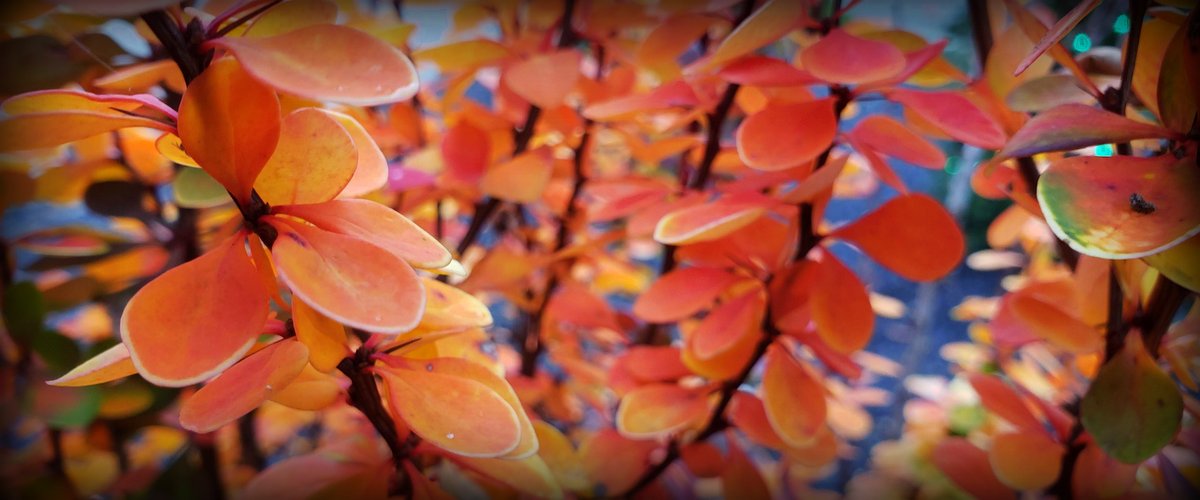
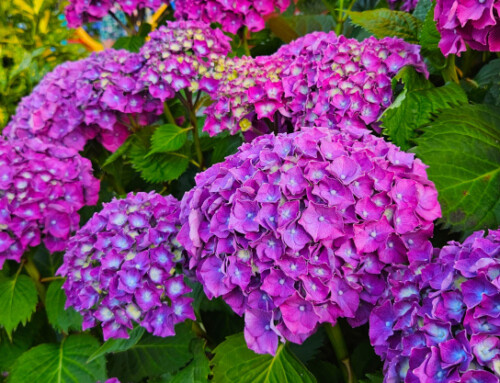

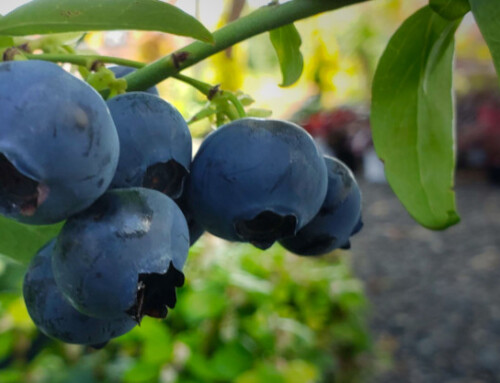
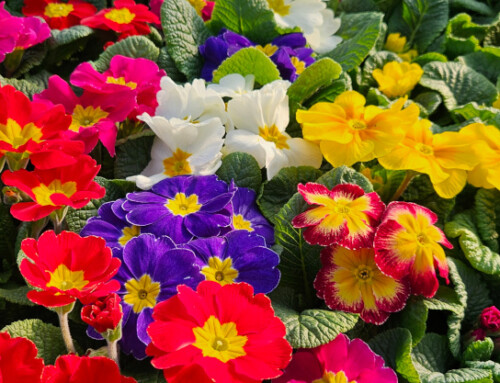
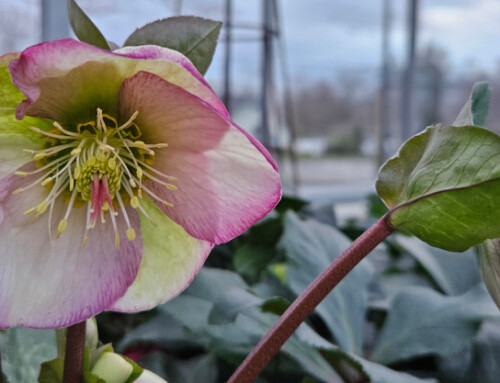
Leave A Comment